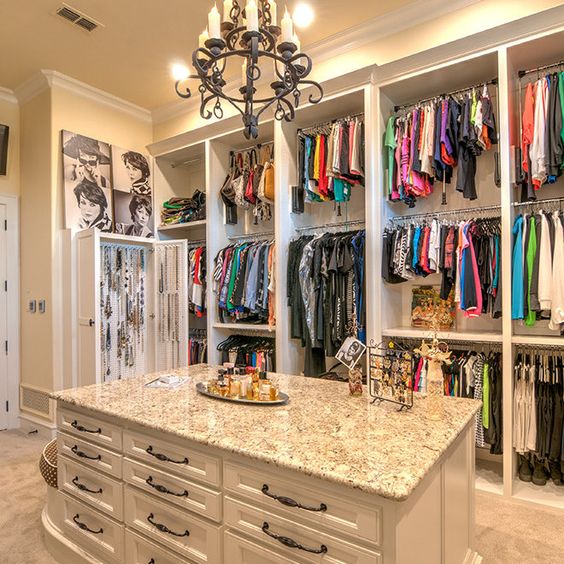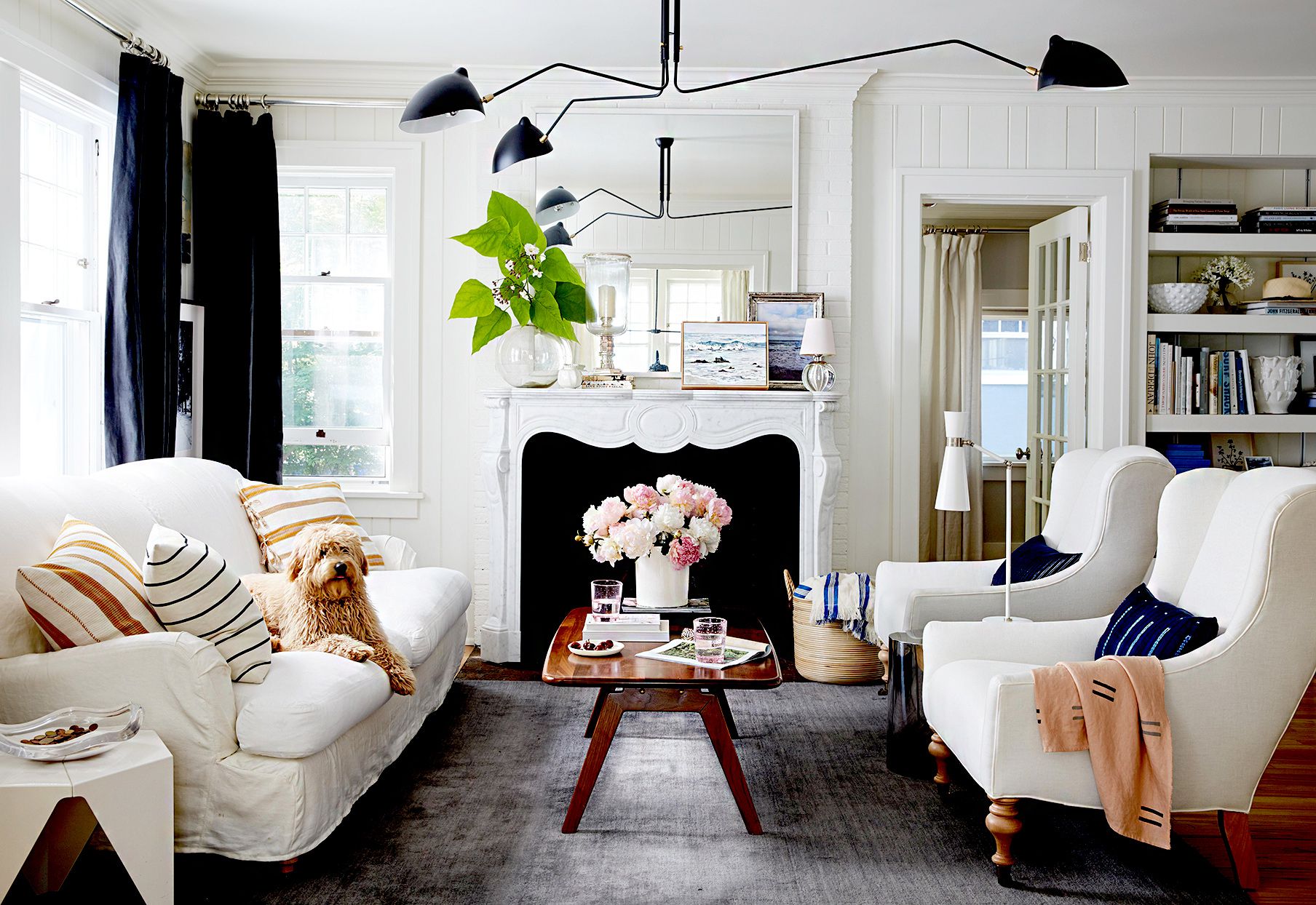
Mixing Wood and Trim: A Guide to Stunning Interior Designs
When it comes to interior design, one of the most exciting aspects is the creative use of materials. Wood and trim are two elements that, when combined thoughtfully, can elevate your living spaces to new heights. In this article, we’ll explore the world of mixing wood and trim, answering common questions and providing inspiration for your next home improvement project.
What is Trim in Wood?
To begin, let’s clarify what trim is in the context of wood. Trim refers to the decorative and functional moldings and elements that are used to finish and frame various architectural features in a room. These features can include windows, doors, ceilings, and baseboards. Trim not only adds a polished look to a room but also serves to conceal gaps and imperfections in construction.
Is Trim Made of Wood?
While trim can be made from various materials, it’s often associated with wood. Wood trim is a popular choice due to its versatility, natural beauty, and ability to complement various interior styles. Common types of wood used for trim include oak, pine, maple, and cherry. Each type of wood offers its unique grain pattern and color, allowing you to tailor your trim to match your design preferences.
What Material is Trim?
Trim materials extend beyond wood. Other options include MDF (Medium-Density Fiberboard), PVC (Polyvinyl Chloride), and even metal. The choice of material depends on factors like budget, style, and the location of the trim. For areas prone to moisture, such as bathrooms, PVC trim might be preferred for its resistance to water damage. Meanwhile, wood trim adds warmth and character to living spaces.
What is Trim in Construction?
In construction, trim plays a pivotal role in achieving a polished and finished look for a building’s interior. It serves as a bridge between the structural elements and the design aesthetic. Trim can be categorized into various types, including crown molding, baseboards, chair rails, and window casings, each designed for specific purposes and locations within a room.
What is Wall Trim?
Wall trim refers to the decorative elements added to the walls of a room. These can include chair rails, wainscoting, and picture frame molding. Wall trim not only adds visual interest but also protects walls from scuffs and marks. The interplay between wood and trim on walls can transform a plain room into a stunning space.
What are Trim Details?
Trim details encompass the intricate designs and patterns carved or created on trim pieces. These details can range from simple bevels and curves to more ornate designs like floral motifs or dental molding. The choice of trim details can significantly impact the overall aesthetic of a room.
What is an Example of Trim?
An example of trim in a room would be crown molding, which runs along the upper edges of walls where they meet the ceiling. Crown molding adds an elegant and finished look to a room, making it appear more cohesive and complete.
What is Trim in Textile?
In the world of textiles, trim refers to the decorative elements added to fabrics and garments. These can include ribbons, lace, fringe, and embroidery. While different from architectural trim, textile trim also serves to enhance the overall appearance and style of a textile product.
What is Trim Pattern?
Trim patterns in textiles refer to the repeated decorative motifs or designs used in trim elements. For example, a lace trim may have a floral pattern, adding a delicate and feminine touch to a dress or curtain.
How Do You Cut Wood Trim?
Cutting wood trim requires precision and the right tools. Here’s a basic guide:
- Measure Twice: Measure the length you need accurately, and mark the trim accordingly.
- Choose the Right Saw: Use a mitre saw or a coping saw for angled or detailed cuts.
- Safety First: Wear safety goggles and take precautions to avoid splinters.
- Cut Carefully: Make the cut slowly and steadily to avoid splintering the wood.
- Sand and Finish: Sand the cut edge and finish it with stain or paint to match the rest of the trim.
How Do You Cut Trim?
The process for cutting trim depends on the material. For wood trim, follow the steps mentioned above. For PVC trim, you can use a fine-toothed saw or even a utility knife for straight cuts. Metal trim may require specialised cutting tools or saws designed for metalwork.
What is an Example of Trim in a House?
An excellent example of trim in a house is the use of baseboards. Baseboards are installed at the bottom of walls, where they meet the floor. They serve both functional and aesthetic purposes, protecting the wall from damage while providing a finished look to the room.
Mixing Wood and Trim for Stunning Designs
Now that we’ve explored the basics of wood and trim, let’s delve into the exciting realm of mixing these elements to create stunning interior designs. Whether you’re renovating your entire home or just one room, the thoughtful combination of wood and trim can make a significant difference in the overall appeal of your space.
1. Contrasting Colors and Textures
Mixing wood and trim allows you to play with contrasting colours and textures. For instance, pairing dark wood trim with light-coloured walls can create a dramatic and sophisticated look. Consider using stained wood trim alongside painted trim for added visual interest.
2. Highlight Architectural Features
Use trim to highlight architectural features in your home. Enhance the beauty of windows by framing them with decorative trim. You can also draw attention to offered ceilings or built-in shelving with well-placed trim details.
3. Create Visual Flow
When transitioning between rooms with different design themes, using consistent trim styles can create a visual flow throughout your home. This cohesion adds a sense of unity to your space.
4. Mix and Match Trim Styles
Don’t limit yourself to one trim style. Experiment with different types of trim in various rooms to achieve diverse aesthetics. Just ensure that there’s a unifying element or colour palette to maintain a cohesive look.
5. Incorporate Natural Elements
Mixing wood and trim allows you to bring natural elements indoors. Consider using reclaimed wood for trim to infuse rustic charm into your space or incorporating bamboo trim for an Eco-friendly touch.
Conclusion
In the world of interior design, the interplay between wood and trim can result in breathtaking spaces. Whether you prefer a classic, contemporary, or eclectic style, mixing wood and trim offers endless possibilities to enhance your home’s appeal. Remember to choose materials, colors, and trim styles that resonate with your personal taste and the unique character of your space.
By mastering the art of mixing wood and trim, you can transform your home into a true reflection of your style and create a welcoming atmosphere that leaves a lasting impression on guests. So, don’t hesitate to experiment and get creative with wood and trim in your next interior design project.
For more home improvement inspiration, visit home motivated, where you’ll find a wealth of ideas and tips to elevate your living spaces.





One Comment
Pingback: